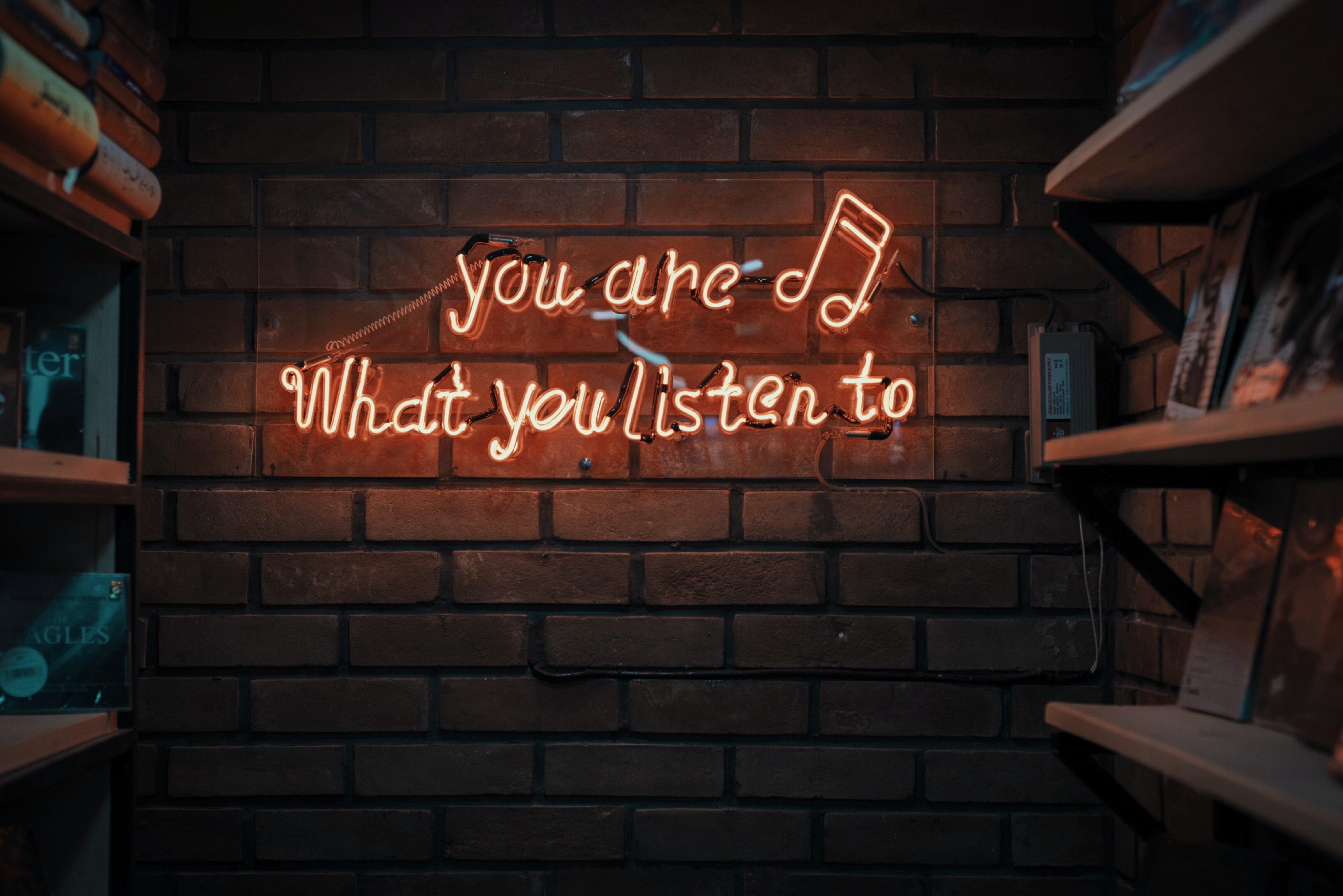Mondegreens in Audio Production How Misheard Lyrics Shape Voice Recognition Technology

I was listening to a classic rock track the other day, one I’ve heard hundreds of times, when a sudden, jarring mishearing struck me. It wasn't just a momentary slip; the new phrase seemed perfectly plausible within the context of the music, yet utterly nonsensical in the original artist's intent. This phenomenon, the mondegreens—those wonderfully persistent misinterpretations of sung lyrics—isn't merely a source of amusement at karaoke nights; it's a genuine headache, or perhaps a fascinating data anomaly, for those of us working on voice replication and recognition systems. We spend countless hours training models on clean, transcribed audio, assuming a direct one-to-one correlation between acoustic signal and semantic meaning. But the reality of human auditory perception, especially when layered with musical production artifacts, is far messier.
Consider the acoustic environment. A heavily compressed vocal track, buried under a wall of distorted guitars and reverb, forces the recognition engine—or the human ear—to guess at phonemes. When we build synthetic voices, especially those designed for high fidelity reproduction of specific vocal timbres, we feed the system vast amounts of clean source material. However, if that synthetic voice is ever deployed in a noisy environment, or asked to parse speech embedded in music, those old mondegreens start popping up in the data streams. It forces us to ask: are we training our models to hear what was sung, or what the average listener *expects* to hear? This disconnect between acoustic reality and perceived reality is where things get technically interesting, and sometimes, frustratingly brittle.
The core issue for voice recognition technology, particularly in scenarios involving musical input, centers on the spectral overlap between vocalizations and instrumentation. When a vocalist hits a high note, the resulting waveform might share frequency characteristics with a cymbal crash or a sustained synthesizer pad. My hypothesis is that many recognition failures aren't simple signal corruption; they are the system defaulting to the most statistically probable phoneme sequence based on its training corpus, even if that sequence is phonetically distant from the actual sound energy present. For instance, if the training data frequently pairs the sound structure of "hold me closer" with the common mondegreen " শীp in a galaxy," the model might favor the latter if the acoustic evidence is ambiguous due to heavy mastering. We must account for this perceptual filtering, which is inherently subjective and varies wildly between individuals, when building robust command interfaces or transcription services that operate near music.
This brings us to the challenge of building truly context-aware voice cloning systems. If I am creating a digital twin of a singer, I need that twin to sound authentic both when speaking clearly in a studio setting and when singing a lead vocal line drenched in studio effects. The production choices made by mixing engineers—the choice of compressor ratio, the type of delay used, the placement of the vocal in the stereo field—all actively shape the acoustic fingerprint that the recognition layers subsequently process. If the system is designed purely around phoneme accuracy against a clean transcript, it will inevitably fail when confronted with the sonic reality of a finished, mixed track where spectral masking is aggressive. We are essentially fighting against decades of artistic production decisions that prioritize emotional impact over pure, unambiguous acoustic clarity. It requires a shift in how we label and weight training audio, perhaps incorporating layers of perceptual modeling alongside raw acoustic feature extraction.
More Posts from clonemyvoice.io:
- →Unity and Voice Cloning: Unpacking the Shift in Voice Over Technology
- →7 Essential Voice Cloning Techniques for Aspiring Audiobook Narrators in 2024
- →Exploring Voice Cloning Technology in Modern Sci-Fi Parodies A Case Study
- →Vocal Techniques in Oliver Pigott's 'Eyes My Daddy Gave Me' Analyzing Emotive Storytelling Through Sound
- →The Unexpected Challenges of Using Nylon Strings on Electric Guitars A Sound Engineer's Perspective
- →The Rise of AI-Powered Voice Cloning in Audiobook Production A 2024 Perspective